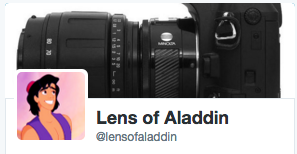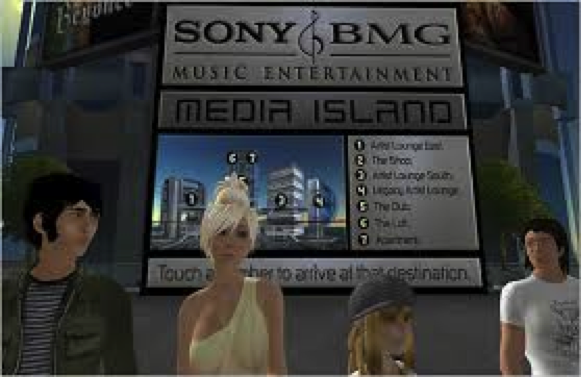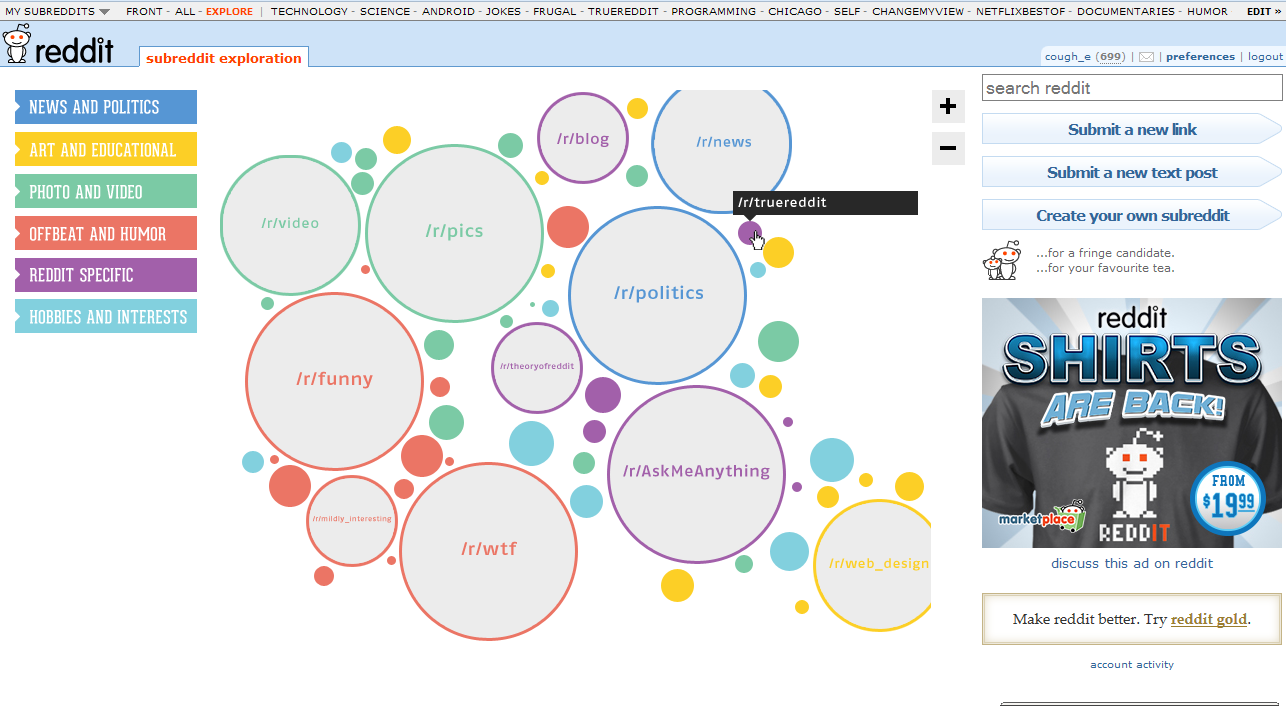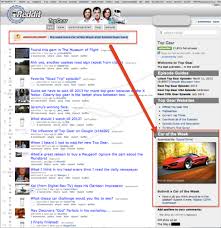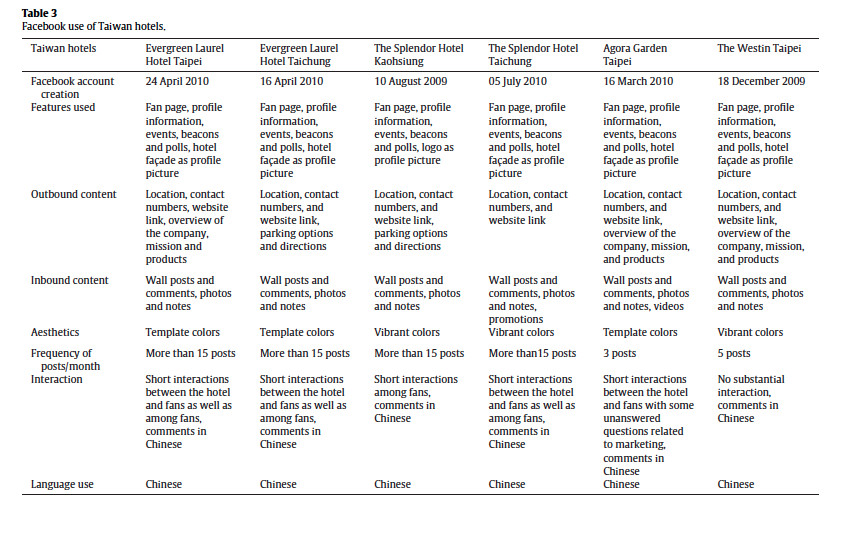Project Start
The final project was a dramatic learning experience for our team because it was not only a new idea that we wanted to test but also, it forced us to creatively overcome many challenges along the way. Our team embarked on a difficult mission to create a social media presence and gain community of online subscribers for “Lens of Aladdin”, a company that is at a nascent stage.
First, we wanted to ensure a common vision and excite team members about the concept. During the start of the project, we had many conversations about the potential of the idea in the market as well as about the learning and exposure this project would give to each of us. Once everyone was excited about the idea, we moved ahead with allocation of modules to every team member. Team members mostly volunteered to take up the module they felt most fascinated about and this eliminated the need for any formal task allocation process. From there we established timelines with respect to drafting a strategy for each of the sections. This activity was lead by the people who were the representatives of these sections.
I volunteered to take up content calendar and social media piece because it is a subject I was passionate about and felt that this project would give me the opportunity to test many of my own hypotheses.
Challenges we faced as a team
There were a lot of challenges we faced as a result of the company having no presence. Some of the key challenges are listed below
- There were no established connections and hence no email list. We had to recognize our user base from the ground up and build an email list.
- There was no social media presence. This meant that we had to educate the users about the organization first, next create awareness and finally incentivize people to follow us on social media.
- We had no solid business model yet, so it was difficult to incentivize people to give out their details and subscribe on our website.
Outcomes of the presentation.
We had to present our outcomes to the class since we did not have a real client. Our team had done a great job of recognizing alternative approach to elements of the projects we could not implement (eg: Google Adwords). We were initially concerned if we would be articulate enough to explain to the audience about our workarounds, but we were happy to gather that most people understood what we were trying to achieve.
The sections of the presentation were laid out as follows
- Introduction to the business
- Email Campaign learning
- Content calendar
- Hootsuite and social media campaign
- Adword campaign
- Google Analytics
For each section, we planned to outline the strategy and the thinking behind how we planned to achieve it, we outlined our initial hypothesis, and we then proceeded to explain our tests and then presented our outcomes. The audience seemed to be very engaged during the presentation and appreciated our creative approaches to email marketing and social media campaign. Our results in these categories had validated our efforts as being successful. The audience expressed some concerns with respect to how we extrapolated our Adword campaigns but we managed to ease the concern by showing the business similarity of the alternate organization used by us. We also gathered some very insightful questions and suggestions after our presentation. One key suggestion was about how we could leverage blogging to establish ourselves as the experts in the area and build a following. We thought that the suggestion was well worth investigating in the future. We were also provided with suggestions about how we could grow our email list and pursue campaigns on social media channels like Linkedin and Instagram to expand our client base. These suggestions were very thought provoking for us and well appreciated.
Key Lessons learnt.
Going through the final project was both eye opening and refreshing for all of us in the team. As I managed the social media aspects of the team, I learnt the the following key lessons about a social media calendar and campaign.
- When you have no social media presence, it’s important to first establish a rapport with the customers, establish credibility and then influence them to make the “call to action” (such as like, share etc). This is a more effective method of doing it rather than trying to convince the customer to make the call to action from the beginning.
- While choosing which social media channel to select to run the campaign, we should carefully consider the nature of our business and think about the channels where our customers are most likely to notice us. In addition to this, there are some inherent weaknesses in the social media channel. Eg: When I was considering LinkedIn as a channel to promote the business, I realized that established credibility played a big role in people accepting connections or reading your post, hence LinkedIn was quickly dismissed. Hootsuite was another platform we could not use because of limitations in tagging and uploading high resolution content.
- Organic growth hugely depends on how customers are incentivized to share or like your content. When we started capturing headshots of people and started sharing it on their wall, we achieved the greatest engagement and word of mouth. We also gained a big share of new followers on our page during the time.
In conclusion, personally the exercise was a great lesson in starting a social media campaign for something from scratch. I learnt a lot of lessons that I could take back and use as a framework and apply it for other businesses and industries.

